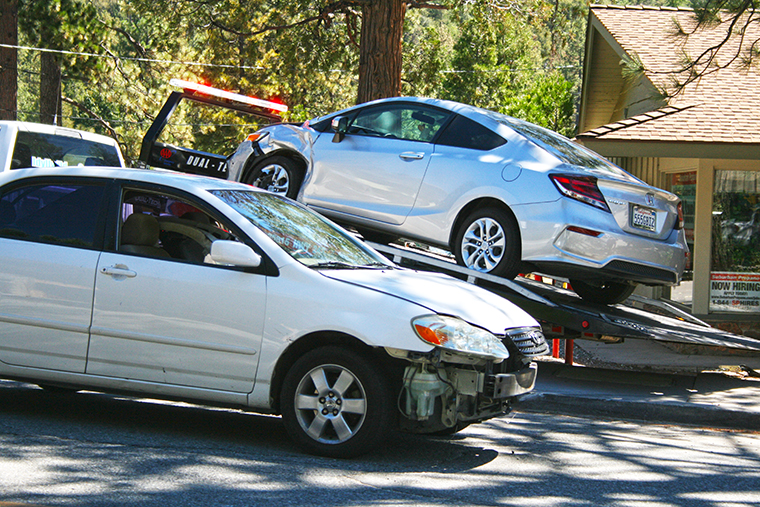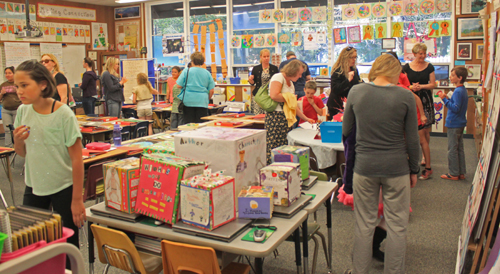This summer’s weather has been somewhat of a rollercoaster. And that
follows typical precipitation this winter and a cool spring.
During July, the Hill suffered from high temperatures. First on the July
4 weekend and then two weeks later, temperatures were high enough to set
five records between July 19 and 25. More recently, on Sept. 5, only two
weeks ago, the Hill experienced another nighttime record high of 64
degrees, tying the previous record high set only five years ago, in
2019.
Last week, the “worm turned.” More records were set, but these were low
temperatures. From record 90s and even 100-degree weather weeks ago, the
Hill felt the need for blankets on the night of Sept. 17. The outside
temperature fell to 33 degrees, one degree warmer than this date in
1993.
At least it was above freezing, Big Bear residents were not that
fortunate. The low temperature that night was 31 degrees.
By the weekend, higher and warmer temperatures (in the 70s), as well as
some modest rainfall, returned.
Concerns about the returning warmth are not limited to the NWS, Daniel
Swain, meteorologist and climate scientist at the Institute of the
Environment and Sustainability at the University of California, Los
Angeles, wrote a week ago, “Alas, it is still mid-September–and, absent
a highly anomalous widespread heavier rain event (of which there is
currently no indication)–we should still expect to see periods of warm
and dry weather for at least the next month or so”
Longer term, the NWS is forecasting the arrival of La Niña weather
conditions later this fall. It may continue through winter, but
forecasters do not expected it to be a strong La Niña.
“The continuation of negative subsurface temperatures and enhanced
low-level easterly wind anomalies supports the formation of a weak La
Niña,” the NWS’s Climate Prediction Center’s Sept. 12 announcement
reported. Normally, La Niña conditions bring drier and warmer weather to
Southern California. La Niña was last in place from 2020 to 2023 which
produced three of California’s driest years.
And drought conditions are beginning to expand across the state. As of
Sept. 17, about 28 % of the state was drought free. Only a month ago,
nearly 60 % was drought free.





